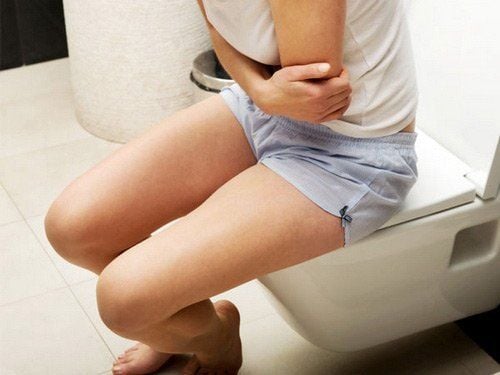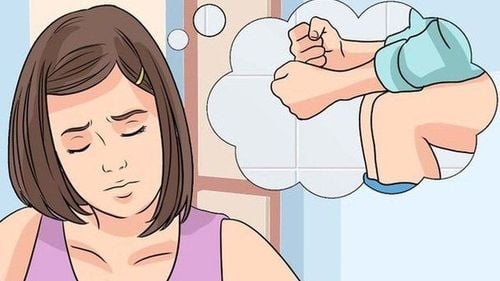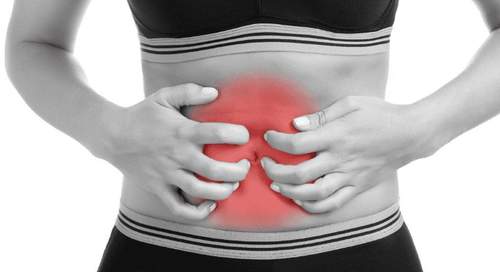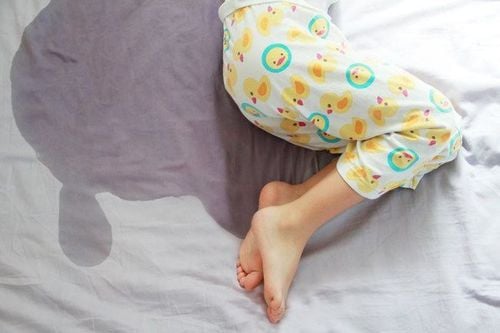This is an automatically translated article.
The article was written by Doctor Ho Thi Anh Thu - Department of Pediatrics - Neonatology - Vinmec Nha Trang International General Hospital.Bedwetting is common at least once per week in 15% of 5-year-olds and most bedwetting resolves on its own. Bedwetting is not the fault of the child, and should not be punished for bedwetting.
1. Encourage your child to urinate often during the day
Encourage your child to urinate often during the day and right before bedtime (four to seven times a day in total). If your child wakes up at night, take him to the toilet. Avoid sugary and caffeinated drinks, especially in the evening.Children should drink most liquids (milk, water, juice, soup...) in the morning and early afternoon to prevent the bladder from filling too much at night. Before trying this, keep a diary of how much fluid your child drinks over a 24-hour period. Based on the total amount of fluid, you can adjust your child to drink in the morning, afternoon and evening.
Doctors recommend 40% fluids in the morning, 40% in the afternoon and only 20% in the evening. For example, if a child normally consumes about 1 liter in 24 hours, parents should provide 400ml of fluid - about 40% - in the morning, about 400 mL in the afternoon, and about 200 mL - about 20% - in the morning. night. If this is done, the child will reduce bedwetting, and the family and child should continue to use this method.
Remind your child every night to get out of bed and go to the toilet when he or she needs to urinate. Also remind your child to urinate right before going to bed.
Help children locate the toilet easily by using night lights in the bathroom and hallway. Consider placing a potty in the child's room if the toilet is far from the child's bedroom. Stop using diapers at home as this can make your child reluctant to get out of bed, especially if the child is older than 8 years. Babies can use diapers for special occasions, such as visiting relatives or friends overnight. Protect your child's mattress with a waterproof sheet to avoid the smell of urine. After bedwetting during the night, encourage your child to go to the bathroom before changing back into pajamas. You can place a dry towel over the wet part of the bed, or you can add a waterproof pad; This allows you and your baby to quickly and easily remove wet items and avoid having to re-make the bed. Keep pajamas and towels where children can easily find them. Ask your child to help make the bed in the morning, including removing and washing the sheets. Also make sure your child bathes or showers every day to avoid the smell of urine on the skin. Do not tease or allow siblings to tease children about bedwetting.

2. Behavioral therapy
2.1 Motivation Therapy To motivate your child, you need a notebook to record your child's progress, with greater rewards the longer the child is bed-free. You and your child should agree on a reward in advance, and can use a sticker on the calendar for each no-bed-wetting night or in your child's favorite book for seven consecutive bed-free nights. Motivation therapy is a useful approach that should be used first with young children.
2.2 Bedwetting alarm Bedwetting alarms are the most effective method for controlling bedwetting. They are usually intended for children over 6 years of age. Alarms are often not used at the first time of therapy because it is expensive and requires patience from the child and parent. You might consider trying this approach if motivational therapy fails after three to six months of use. If the alarm method fails, the doctor may prescribe medication to concentrate the urine.
The alarm works by using a sensor that detects the first drops of urine in the underwear. When the sensor is activated, it sends a signal to the alarm device to wake the child with sound, light or vibration. The alarm helps the child to wake up or stop urinating.
Children should be responsible for their alarms and should be checked every night before bed. With sound or vibration, the child should be instructed what to do next if the alarm goes off:
The child turns off the alarm, wakes up and urinates in the toilet Child goes back to the bedroom, changes the sheets and clothes (with parent's help if needed) Child cleans or replaces sensor Child resets alarm and goes back to sleep Keep a diary of nights without bedwetting and bedwetting. When alarm therapy begins, some children won't wake up when the alarm goes off. You should wake the baby up at first, although most babies will eventually wake up on their own. Crucial to the success of the alarm method is that the child is awake and conscious when going to the toilet in the middle of the night and is not "sleeping" while urinating.
Use the alarm continuously until the child has three to four consecutive weeks of no bedwetting. This process usually takes three to four months but can also be from five weeks to six months. The alarm sequence can be restarted if bedwetting recurs.
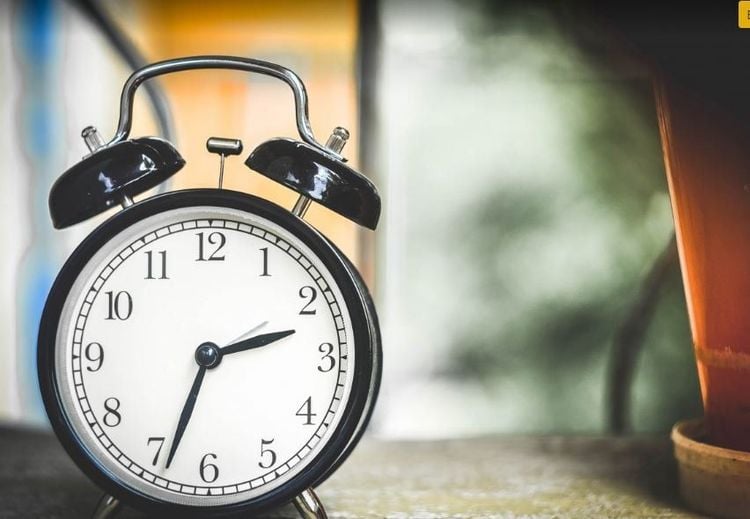
2.3 Desmopressin Desmopressin is a medication that reduces urine production. The drug is used to treat bedwetting in children. In most cases, motivational therapy and or bedwetting alarms are tried for three to six months before desmopressin is considered. Desmopressin is expensive, has side effects, and has a high recurrence rate. Desmopressin and behavioral therapies can be used together.
Desmopressin comes in pill form and is taken at bedtime to reduce urine output during sleep. The medication may be used nightly or for short periods of time (eg, overnight camping or overnight sleeping).
Serious side effects with desmopressin are uncommon but can occur if a child drinks too much liquid before bedtime. For this reason, children should not drink more than 200 ml of liquid after 5 p.m. on nights when desmopressin will be used. Children should not drink any liquids starting one hour before and eight hours after taking desmopressin.
Relatively high recurrence rate with desmopressin. About 60% to 70% of children experience nocturnal enuresis again after stopping the medication. Tapering the daily dose gradually, rather than stopping it abruptly, can reduce relapse rates.
2.4 Complementary and Alternative Methods Several complementary and alternative approaches have been tested in children with nocturnal enuresis, including acupuncture, chiropractic, and hypnosis. However, there is not enough data from scientific studies on whether these therapies are effective. Complementary and alternative treatments are not recommended for children with bedwetting.
Please dial HOTLINE for more information or register for an appointment HERE. Download MyVinmec app to make appointments faster and to manage your bookings easily.
Recommended videos
SEE ALSO:
What's wrong with a 6 year old child who still wets the bed at night? How should children with nocturia be treated? Causes of bedwetting in children





